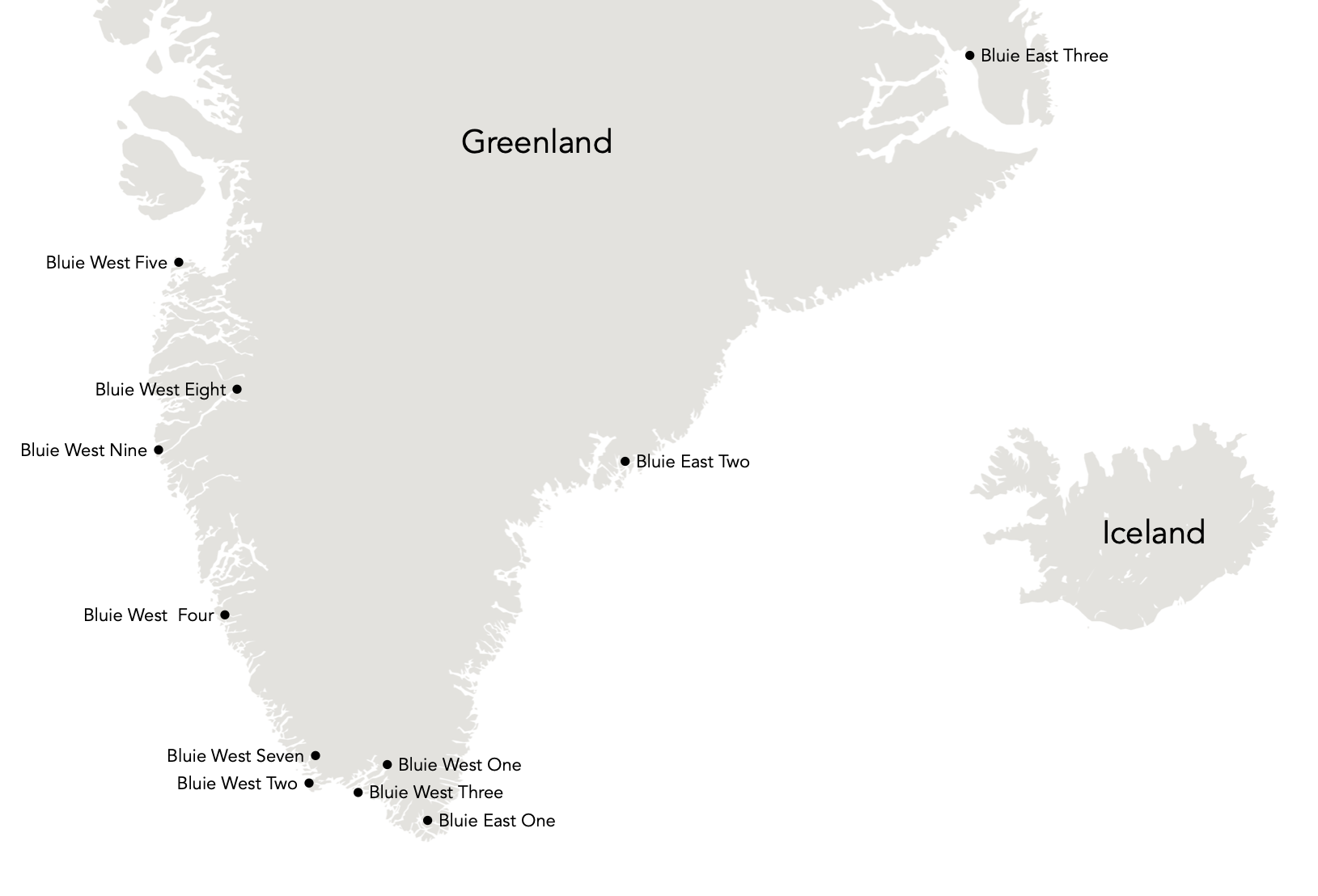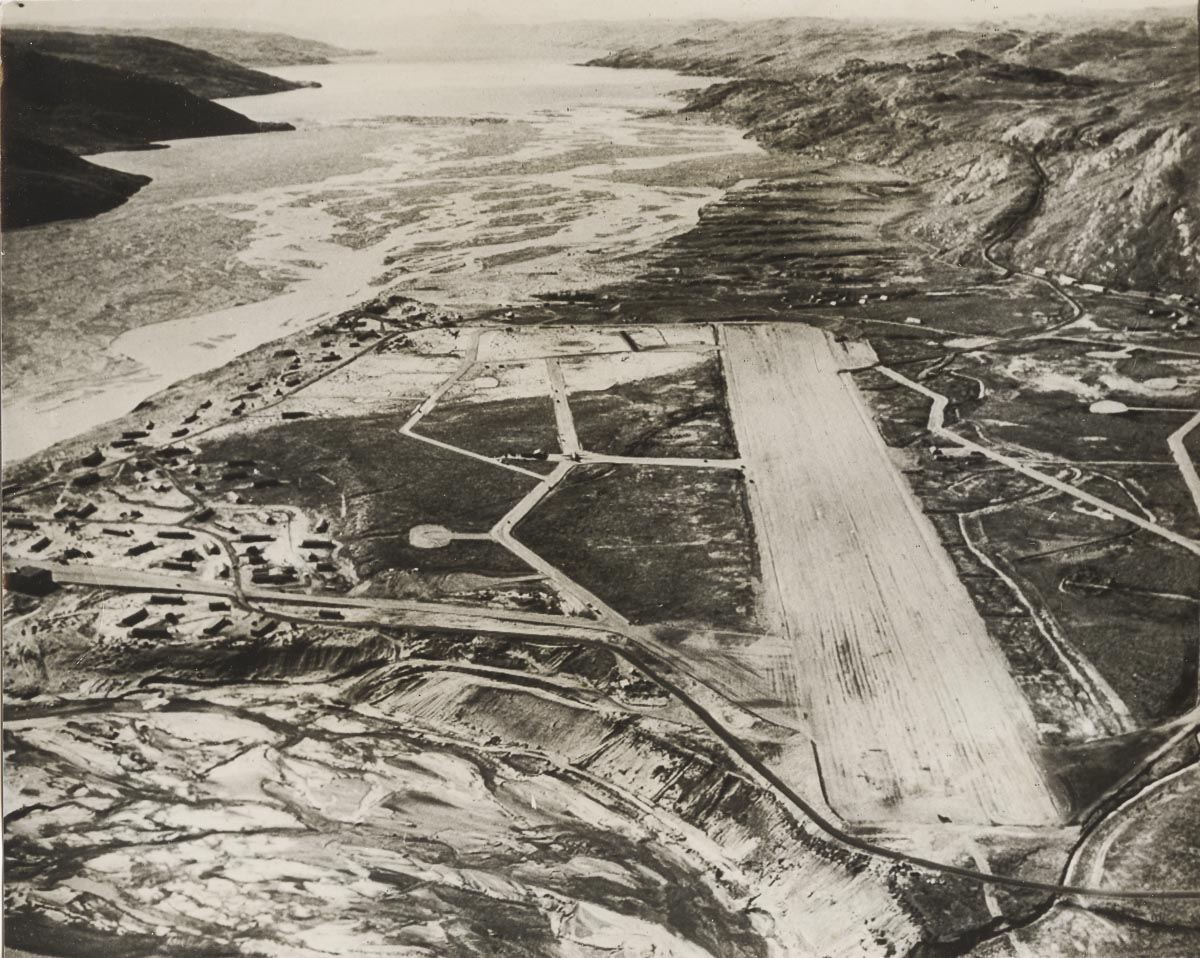Greenland in World War II
On the eve of World War II, Greenland was a colony of Denmark. After Denmark was occupied by Nazi Germany on 9 April 1940, the Americans and British feared an occupation of Greenland. The United States did not participate in the war, but were an ally of Great Britain and supplied goods and weapons. The supply routes across the Atlantic Ocean were crucial for the British to continue their fight against Germany. The Germans already operated weather stations on Greenland’s east coast to support the Luftwaffe and they had plans to operate an airfield.
The Danish ambassador in the United States, Henrik Kauffmann, signed a treaty with the United States on the day of the Danish surrender, authorising it to defend Greenland and construct military bases. This was against the will of the Danish government, but Kauffmann argued that he would not receive orders from the government of occupied Denmark.
The initial mission of the airfields was to patrol the North Atlantic and warn convoys to England of German submarines. The airfields could also act as rescue stations for planes on their way to England and the bases could protect Greenland’s cryolite mine. Cryolite was important for the production of aluminium and the mine at Ivigtut was one of the world’s most important sources.
Bluie
During the war, fourteen bases codenamed Bluie were built in Greenland. Bluie West One to Bluie West Nine emerged on the west coast. Bluie East One to Bluie East Five emerged on the east coast.
The United States became involved in the war after the Japanese attack on the naval port of Pearl Harbour on 7 December 1941. The United States declared war on Japan and Germany and from that moment, the bases in Greenland were actively used for the fight against Nazi Germany. The U.S. Army had 5,300 troops in Greenland by the end of 1943.

Thousands of soldiers were stationed at the major airfields Bluie West One and Bluie West Eight, while minor weather and radio stations were manned by only a dozen soldiers. The weather stations were important to support the artic air routes and their reports were used for planning military operations. Due to the severe weather conditions, the short days during the winter and the isolated location of the bases, life was hard for the soldiers in Greenland.

20 x 25 cm gelatin silver print. Collection André Ruiter.
Bluie East Two
Bluie East Two was an airfield and weather station at Ikateq. It was used by the U.S. Air Force. The weather station began reporting from the location on 1 November 1942 and the 1,500 meter runway was completed a year later. Because of the close mountains and strong winds the airfield never played a prominent role during the war.
The base was mainly used for navigation, search-and-rescue operations and meteorology. Its garrison consisted of two to three hundred men. The airfield was used in 1943 for a bombing raid against the German weather station at Sabine Island, 965 kilometres north. The mission failed due to bad weather, but was completed later from Iceland.
The base at Ikateq lost its strategic importance after the war and the site was abandoned in 1947. Most of the equipment was left behind. It was not until 2019 that work started on cleaning up the airfield and other sites, like the remnants of Bluie West Four at Marraq.
The rusting fuel drums of Bluie East Two had polluted the environment for decades. Cleaning up the approximately 200,000 drums and the vehicles will take years and can only be carried out during the summer months.

18 x 23 cm gelatin silver print (cropped). Collection André Ruiter.











